
Planetary Picture of the Day
Week of October 28, 2024
Tracing lines in space, from a boulder rolling downhill on the Moon to gravity waves in Saturn's rings and a sharp-looking spiral galaxy. Plus, the discovery of Chiron and a spoooooky Halloween image.
Monday, 28 October 2024
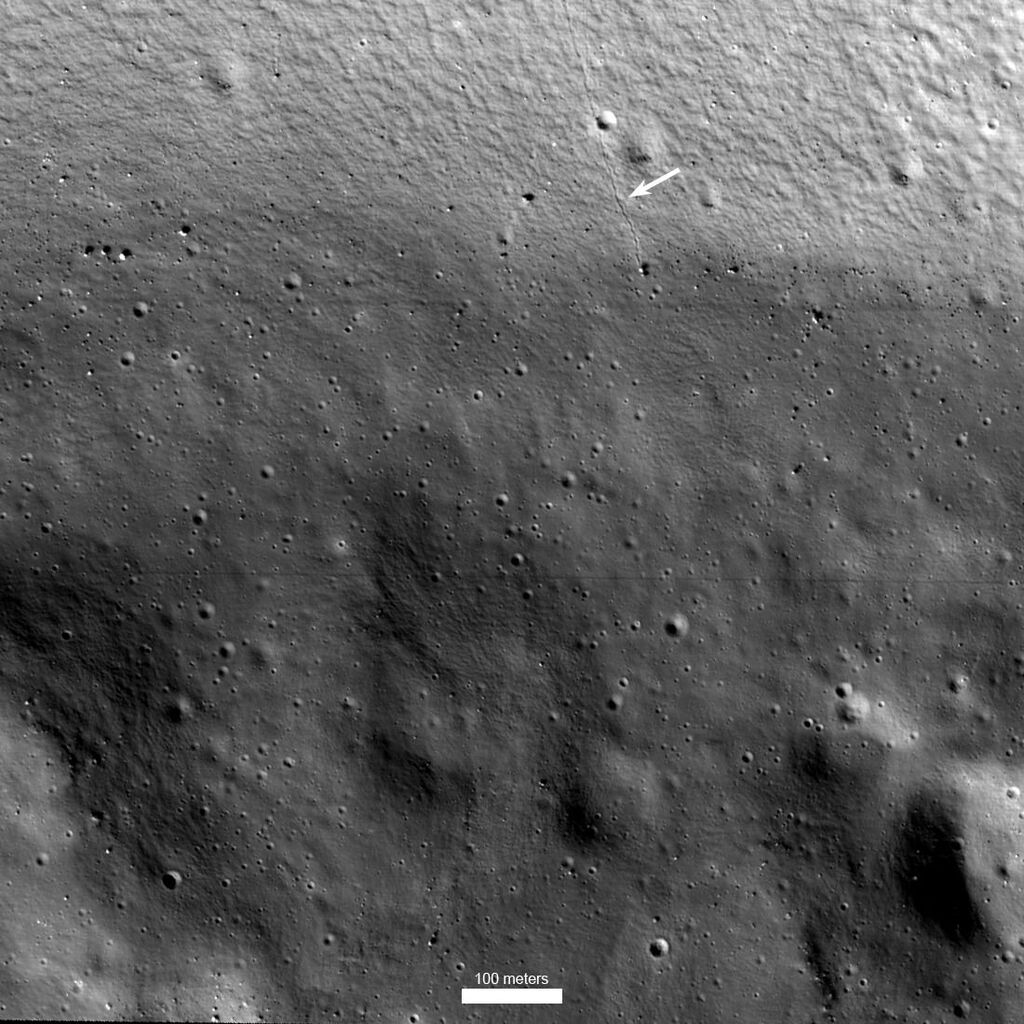
Like a Rolling Stone
This stunningly detailed ShadowCam image from the Korea Pathfinder Lunar Orbiter (KPLO) shows the track made by a single boulder rolling down the slope of the Shackleton crater on the moon!
Tuesday, 29 October 2024
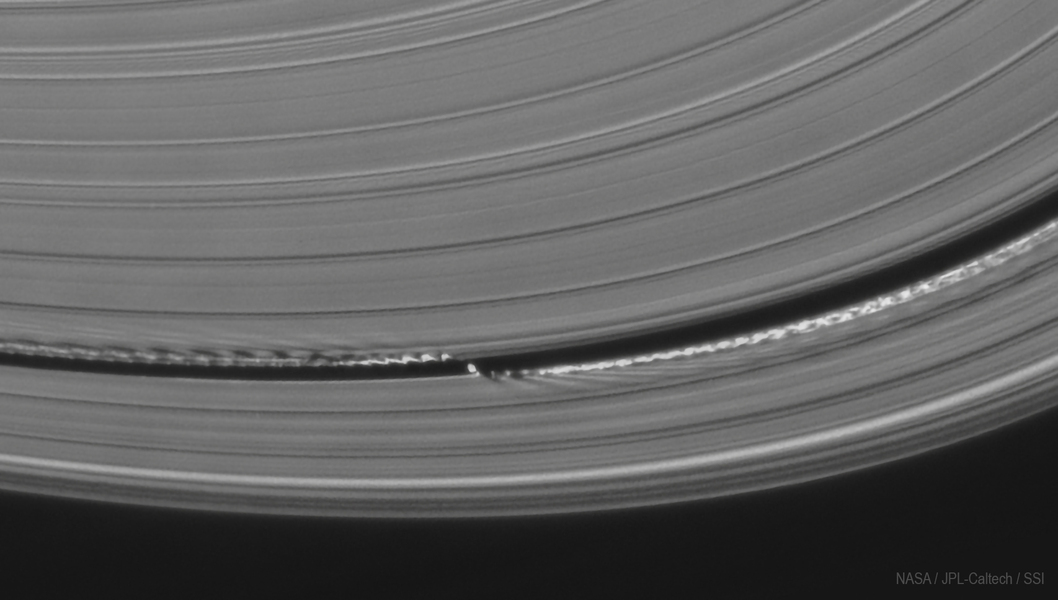
Making Waves
Little moon Daphnis making waves inside the Keeler Gap of Saturn's rings; a view captured by NASA's Cassini spacecraft on June 3, 2010. Daphnis' dimensions are: 9.8 × 8.4 × 5.6 km.
Wednesday, 30 October 2024
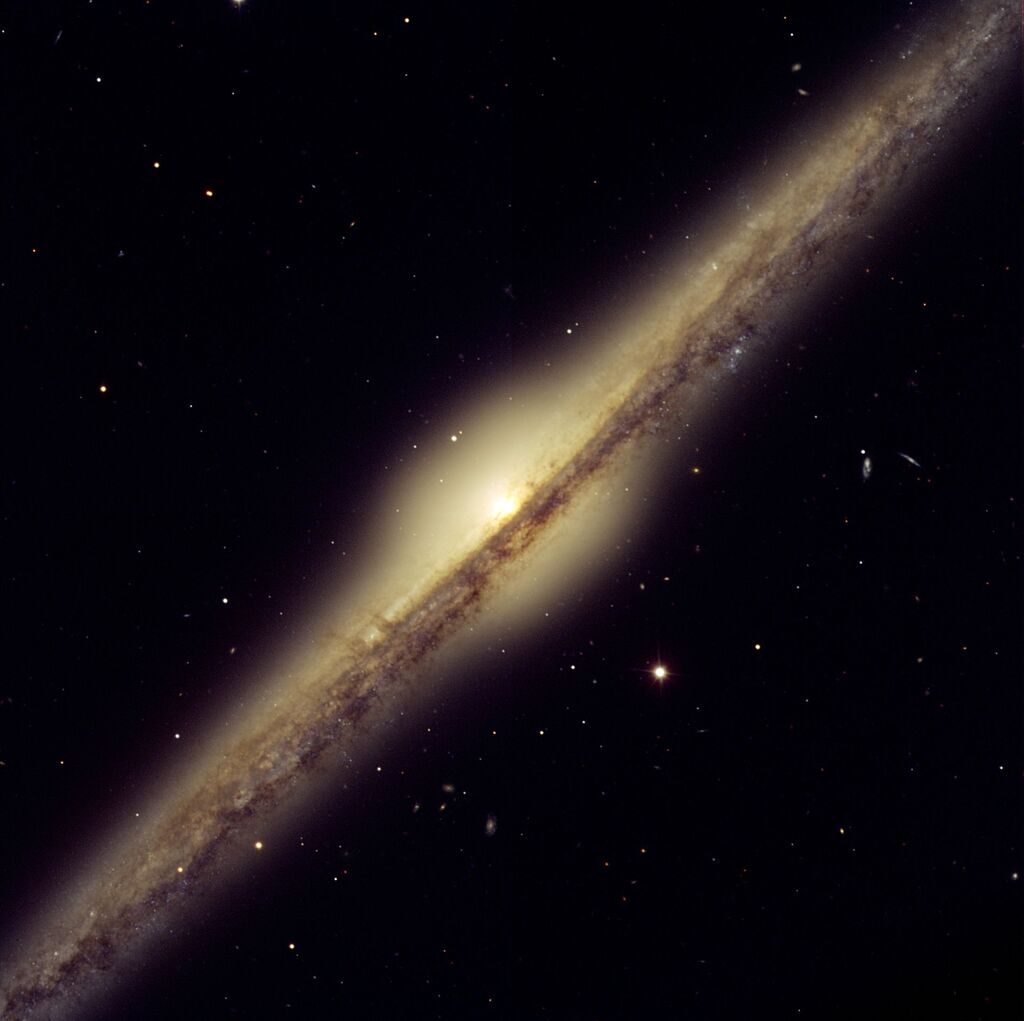
The Needle Galaxy
The first galaxy pictured here is NGC 4565, which, for obvious reasons, is also called the Needle Galaxy. First spotted in 1785 by Uranus' discoverer, Sir William Herschel (1738-1822), this is one of the most famous examples of an edge-on spiral galaxy. It is located some 30 million light-years away in the constellation Coma Berenices (Berenice's Hair). It displays a bright yellowish central bulge that juts out above the most impressive dust lanes.
Because it is relatively close (it is only 12 times farther away than Messier 31, the Andromeda galaxy, which is the major galaxy closest to us) and relatively large (roughly one-third larger than the Milky Way), it does not fit entirely into the field of view of the FORS instrument (about 7 x 7 arcmin2).
This FORS image also shows many background galaxies, giving full meaning to their nickname of "island universes."
Thursday,31 October 2024
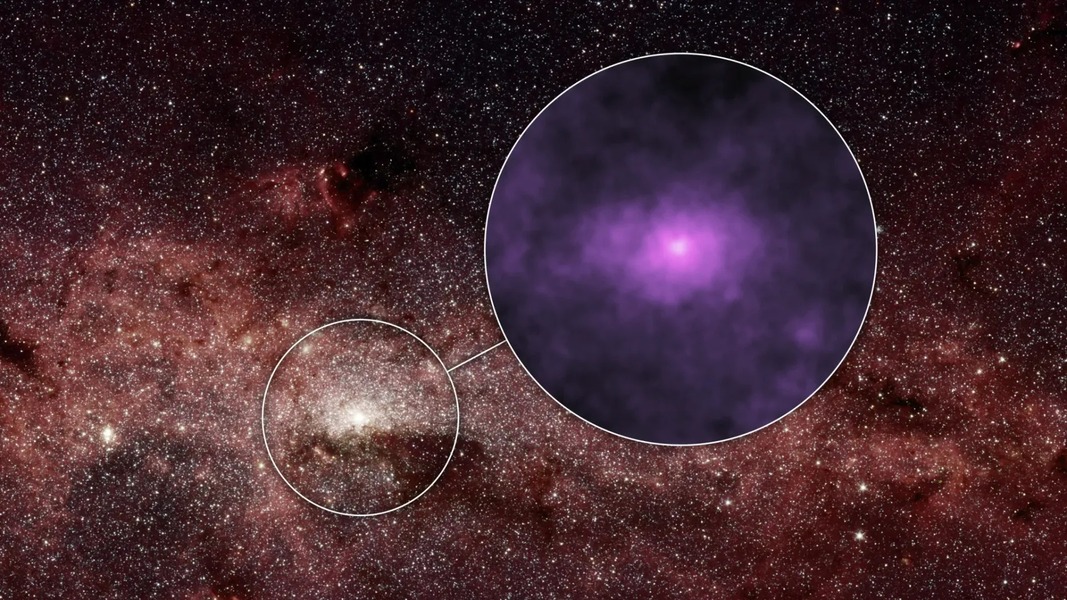
Zombie. Stars.
Peering into the heart of the Milky Way galaxy, NASA’s Nuclear Spectroscopic Telescope Array (NuSTAR) has spotted a mysterious glow of high-energy X-rays that, according to scientists, could be the “howls” of dead stars as they feed on stellar companions. Astronomers have four potential theories to explain the baffling X-ray glow, three of which involve different classes of stellar corpses. When stars die, they don’t always go quietly into the night. Unlike stars like our sun, collapsed dead stars that belong to stellar pairs, or binaries, can siphon matter from their companions. This zombie-like “feeding” process differs depending on the nature of the normal star, but the result may be an eruption of X-rays. According to one theory, a type of stellar zombie called a pulsar could be at work. Pulsars are the collapsed remains of stars that exploded in supernova blasts. They can spin extremely fast and send out intense beams of radiation. As the pulsars spin, the beams sweep across the sky, sometimes intercepting the Earth, like lighthouse beacons.
Friday, 25 October 2024
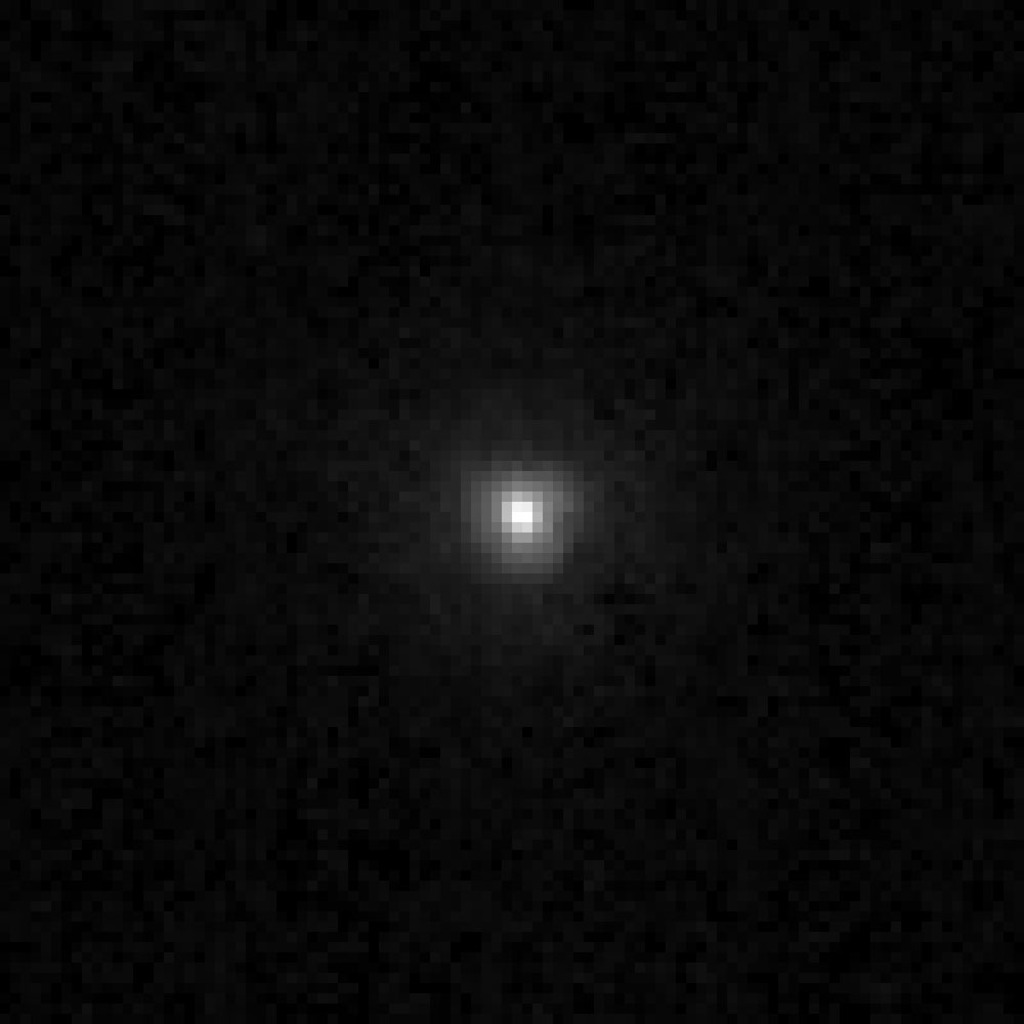
OTD Chiron Discovered
On 1 November 1977, astronomer Charles Kowal discovered what would be the first of a new classification of objects - centaurs. The new minor planet, 2060 Chiron, was found in images taken at Palomar Observatory. Centaurs are small objects that orbit somewhere between the asteroid belt and the Kuiper Belt, often having the characteristics of both asteroids and comets. This image from the Hubble Space Telescope shows the faint coma that surrounds Chiron, which was first seen in 1989. Further observations in more recent years have shown that the changing brightness of the small body is a result of Chiron having rings!





